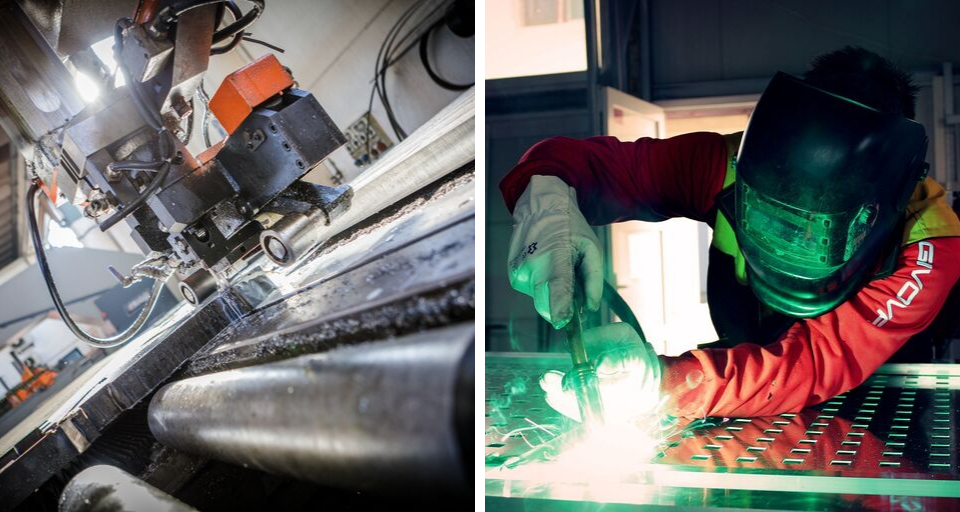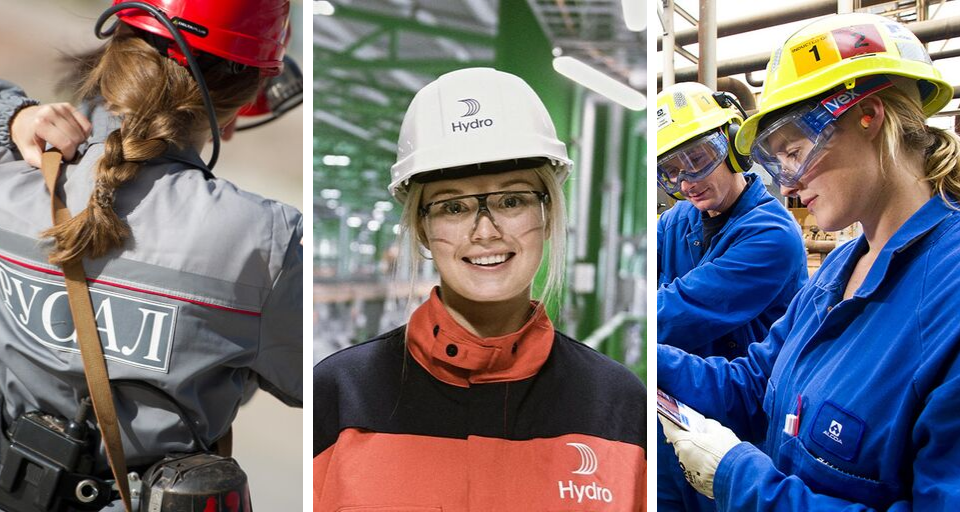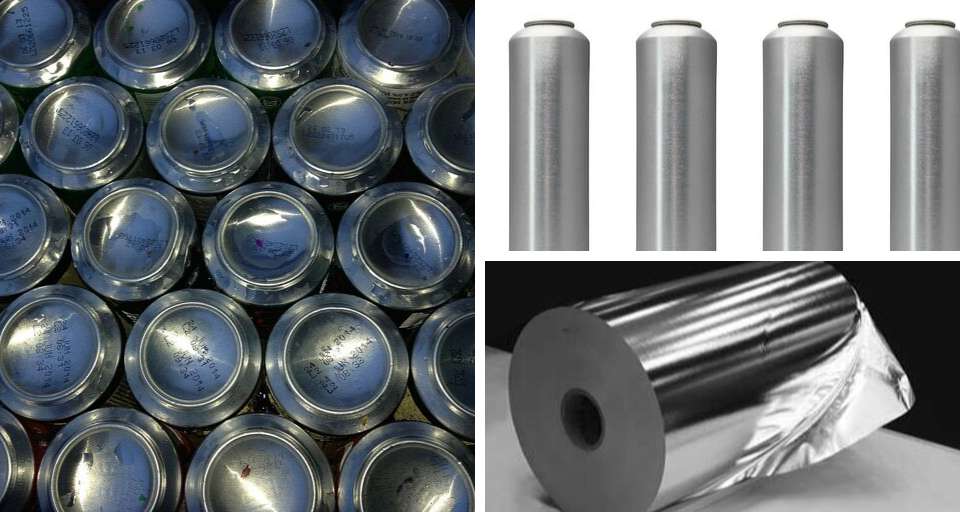Will The Aluminium Industry Help Europe Become Greener?
Aluminium could be crucial in helping Europe transition to a low carbon future while creating sustainable jobs. But this opportunity largely depends on European companies staying competitive in the global economy.
The European Union is a global climate leader with its ambitious sustainable development policies aimed at implementing the Paris Climate Agreement. The backbone of the EU’s efforts to achieve sustainable growth, job creation and innovation is European industry with its small and medium-sized enterprises that represent 99% of all business in the EU. The European aluminium industry – in particular EU’s downstream consumers – is a perfect example of a sector that can help the EU accelerate its transition to a green economy.
Why aluminium is the metal of the future
Businesses across the entire aluminium supply chain – from producers to recyclers – are capitalising on aluminium’s unique properties to respond to the climate emergency and meet sustainable development goals. How has lightweight, environmentally friendly and energy-efficient aluminium become the metal of progress?
It all starts with aluminium’s final users such as automakers, construction companies, and food and drink producers. In Europe, the transport sector absorbs almost 40% of aluminium industry’s output with forward-looking car manufacturers choosing car parts that are safe and strong, and yet up to 40% lighter than steel. The light-weighting qualities not only improve fuel economy and reduce CO2 emissions but also offer enhancements in performance, especially when it comes to electric vehicles. What’s more, aluminium has been gaining ground in aerospace, rail, and shipbuilding with the world’s largest aluminium ship – currently under construction – capable of transporting a whopping 2100 passengers and 220 cars.
In construction, aluminium offers corrosion-resistance durability and design flexibility to build sustainable buildings that contribute to energy efficiency. European construction companies account for almost a quarter of all the aluminium used on the continent. Demand is growing driven by the current green transition that requires high volumes of raw materials. One telling example is that three tonnes of aluminium are needed to manufacture a three-megawatt wind turbine. Aluminium is needed not only to build new houses and to electrify them but also to furnish them. Today young designers use aluminium for its contemporary aesthetic and see its potential to become more environmentally friendly than any other metal.
When it comes to packaging, aluminium is a key alternative material in tackling plastic pollution. From beverage cans to food containers, packaging absorbs 17% of industry output in Europe and is set to grow further as soft drinks and wine makers are now switching to aluminium cans. Aluminium helps products retain taste and increase their shelf lives. Once discarded can be infinitely recycled without any appreciable loss in performance. In fact, aluminium recycling saves up to 95% energy of primary production, making a major contribution to sustainability. Used aluminium cans are recycled and returned to supermarket shelves in just 60 days.
Renewable energy and sustainable production
While aluminium recycling is gathering pace thanks to innovative recovery techniques, secondary production is for now far from catching up with growing demand. This is why primary producers are racing to offer clean aluminium with zero-carbon emissions and reduced waste. While some aluminium producers such as Germany’s Trimet focus on harnessing intermittent wind and solar energy, larger global producers such as Norway’s Norsk Hydro and Russia’s Rusal operate hydro-powered smelters offering green aluminium. Rusal – the largest producer of low CO2 metal – makes aluminium with 95% of the electricity coming from the carbon-free hydropower. In contrast, aluminium smelters in China, Australia and India rely on fossil fuels – particularly coal – generating up to five times more greenhouse gas emissions. Moreover, primary aluminium producers are reinventing waste and by-products – generated during production and transformation of aluminium – as potential resources. UAE’s Emirates Global Aluminium, for example, is working with the country’s cement industry to re-use carbon dust as an alternative fuel and spent pot lining as a building material.
The role of Europe’s downstream sector
The sector linking primary aluminium producers to its end users is the downstream industry – manufacturers of aluminium products such as extrusions, rolled products and foundry castings. These transformers of unwrought aluminium – such as FACE members Germany’s Rheinfelden, Greece’s Elval and Italy’s Eural among others – are European aluminium consumers that adhere to strict environmental standards and seek to source independently certified low carbon and responsibly-produced metal. Often family owned, these European SMEs apply their technological know-how to offer tailor-made products used in the automotive, construction and packaging sectors in Europe and around the world. This is where EU policies come into play to ensure that aluminium continues to help the EU in its ecological transition and this strategic sector continues to create sustainable jobs.
EU’s dependence on aluminium imports
The EU – alongside Japan – has the world’s largest per capita aluminium consumption and demand for aluminium, which is expected to increase by around 50% by 2050. But just like Japan, the EU is a major net importer of primary aluminium, meeting 74% of its demand through imports from outside the EU. To be able to meet the expectations of final users of the metal and gain a competitive edge in world markets, non-integrated European transformers need access to primary producers capable of meeting the huge quantity requirements and high sustainability standards.
As FACE Secretary General Mario Conserva outlined in a recent analysis published by Euractiv, the EU can support the aluminium industry’s low carbon and resource-efficient agenda by putting its competitiveness first and foremost. Revising its raw materials access policy by zeroing import tariffs on raw aluminium imports is a necessary step in the right direction.
Next, the EU could award a “Green Aluminium” label – supported by compulsory disclosure policy – to suppliers and products meeting its ambitious environmental standards and once again lead the world by example when it comes to environmental protection and the transition to a green economy.
The European downstream aluminium industry – made up of thousands of SMEs, often family-owned – is a strategic industry and a major creator of economic strength and wealth sustaining over one million indirect jobs. This industry is essential in helping Europe transition to a low carbon future, but its vitality depends on the EU policymakers’ willingness to update trade and industrial policies that will support Europe’s sustainability goals.
EU manufacturers rely on #aluminium imports, but have to pay import tariffs making them less competitive. Why this will lead to gradual decline of Europe's industrial base #IndustrialEurope https://t.co/pV68QXUr0j pic.twitter.com/7oPUxVqIHq
— FACE aluminium (@face_aluminium) June 11, 2019

























